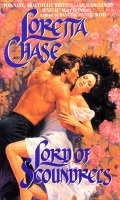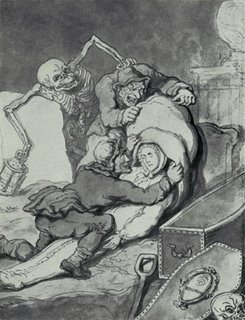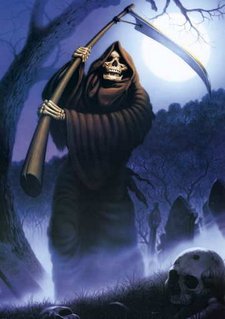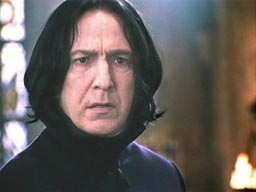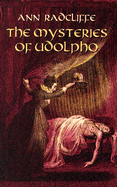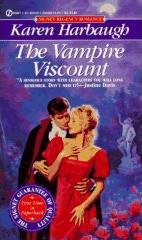 Sometime in the 90s I discovered THE VAMPIRE VISCOUNT, by Karen Harbaugh. It was the first Regency I’d ever read with true paranormal elements, and at first I was afraid it was going to be gimmicky. But the good writing, the very real, memorable characters won me over. Perhaps it should’ve been no surprise that a smooth, elegant vampire–dressed to the nines, appearing only at night–fit in quite well with Regency society. And the story was so refreshingly different.
Sometime in the 90s I discovered THE VAMPIRE VISCOUNT, by Karen Harbaugh. It was the first Regency I’d ever read with true paranormal elements, and at first I was afraid it was going to be gimmicky. But the good writing, the very real, memorable characters won me over. Perhaps it should’ve been no surprise that a smooth, elegant vampire–dressed to the nines, appearing only at night–fit in quite well with Regency society. And the story was so refreshingly different.
For the time, it must’ve been a risky thing to do a vampire Regency. As it turns out, I heard later from an editor at Zebra that they’d gotten complaints from book club members when they did a vampire Regency anthology. But THE VAMPIRE VISCOUNT ended up with a number of impressive credits, including America Online’s Romance Reader’s Board, Best Regency, 1995.
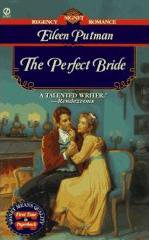 When I picked up THE PERFECT BRIDE, by Eileen Putnam, I didn’t even realize there was anything paranormal about it. The title I thought rather bland, and the cover didn’t have much hint of paranormal elements, except for the rather odd expression in the heroine’s eyes. Maybe it was an attempt to hint at the delightful and witty ghosts that helped the romance along, though neither hero nor heroine were every really aware of them.
When I picked up THE PERFECT BRIDE, by Eileen Putnam, I didn’t even realize there was anything paranormal about it. The title I thought rather bland, and the cover didn’t have much hint of paranormal elements, except for the rather odd expression in the heroine’s eyes. Maybe it was an attempt to hint at the delightful and witty ghosts that helped the romance along, though neither hero nor heroine were every really aware of them.
Anyone else have some favorite paranormal Regencies to share?
Elena
LADY DEARING’S MASQUERADE, an RT Top Pick
www.elenagreene.com

